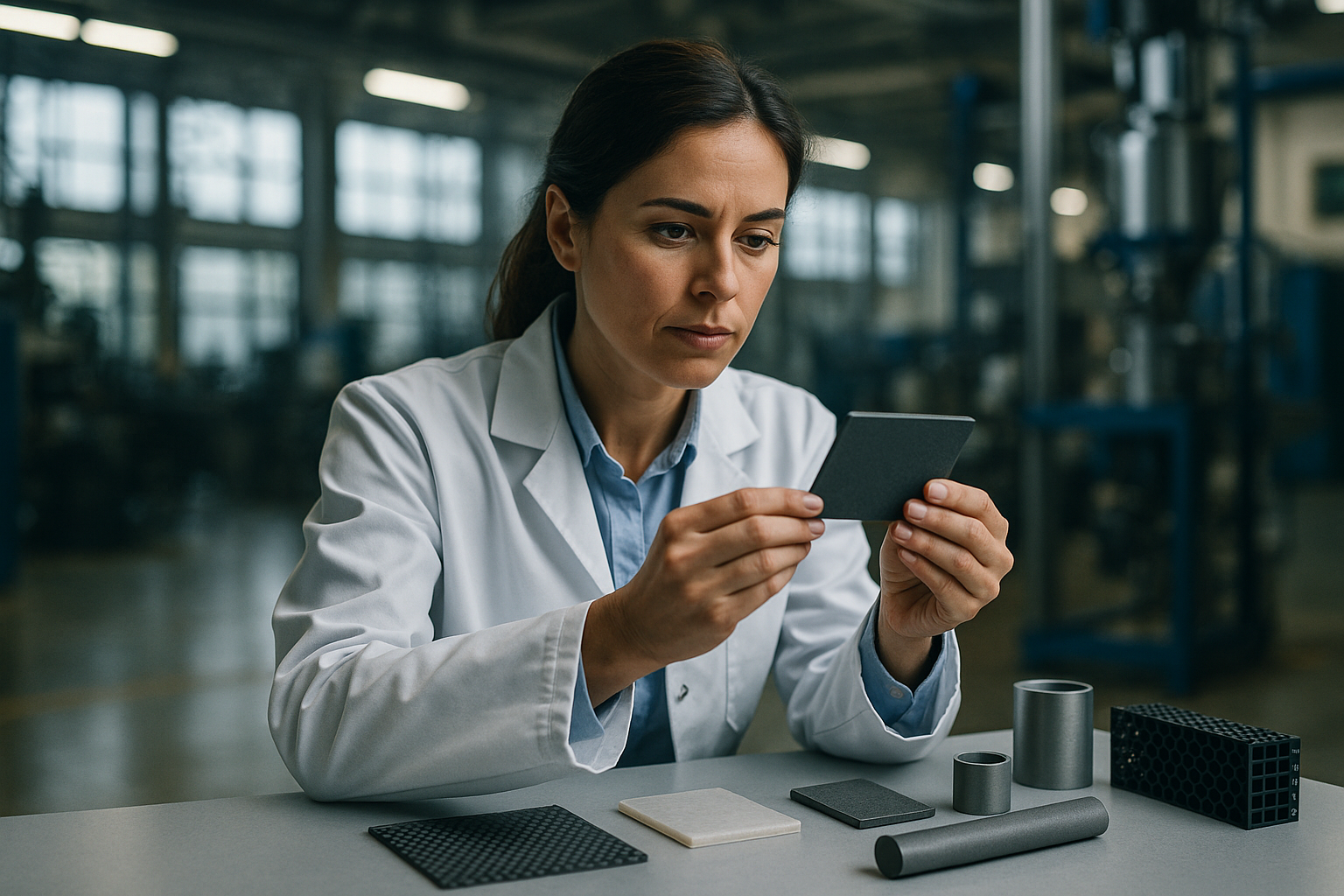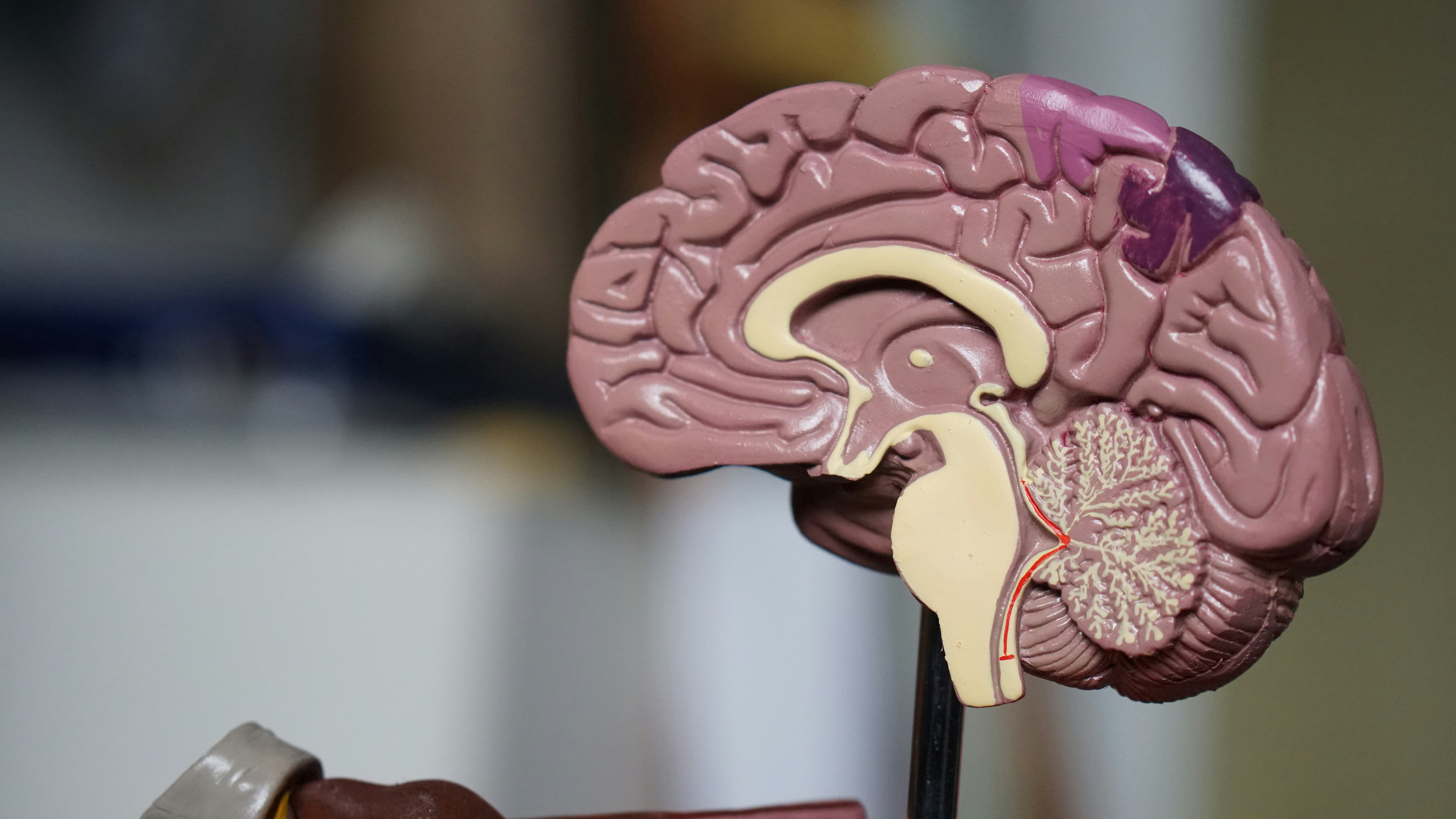Insights into Modern Product Testing Practices
Product testing is a crucial process used by companies to evaluate the performance, safety, and overall quality of their products. This systematic approach involves analyzing functionality, durability, and user experience to ensure products meet expectations and standards. Understanding how testing procedures are designed and implemented provides a clear view of how organizations maintain consistency, identify improvement areas, and build consumer trust through evidence-based evaluation.

Modern product testing represents a critical component of successful product development, serving as the bridge between conceptual design and market-ready solutions. Today’s testing landscape incorporates diverse methodologies, advanced analytics, and comprehensive feedback systems that collectively ensure products meet both functional requirements and consumer expectations.
Understanding the Purpose of Product Testing
Product testing serves multiple essential functions within the development cycle. Primary objectives include verifying that products perform as intended, identifying potential safety issues, and ensuring compliance with industry regulations. Testing also helps manufacturers understand how products behave under various conditions, from extreme temperatures to heavy usage patterns. This comprehensive evaluation process reduces the risk of product recalls, enhances customer satisfaction, and protects brand reputation. Additionally, testing provides valuable data that informs future product iterations and improvements.
Exploring Methods for Accurate Product Evaluation
Contemporary testing methodologies encompass both quantitative and qualitative approaches. Laboratory testing provides controlled environments where products undergo standardized assessments for durability, performance, and safety. Field testing introduces real-world variables, allowing evaluators to observe product behavior in actual usage scenarios. User experience testing focuses on human interaction with products, examining factors like ease of use, comfort, and intuitive design. Automated testing systems now handle repetitive assessments, while specialized equipment measures precise parameters such as stress tolerance, chemical composition, and electrical performance.
How Testing Data Improves Quality Assurance
Testing data serves as the foundation for robust quality assurance programs. Statistical analysis of test results helps identify patterns, trends, and potential failure points that might not be apparent through casual observation. This information enables manufacturers to establish quality benchmarks, develop predictive maintenance schedules, and implement preventive measures. Data-driven quality assurance also facilitates continuous improvement processes, where testing outcomes inform design modifications and manufacturing adjustments. Modern quality systems integrate testing data with production metrics, creating comprehensive quality profiles that track products from conception through market release.
The Importance of Feedback in Product Refinement
Feedback mechanisms form an integral part of modern testing practices, creating loops that connect testing outcomes with product development decisions. Consumer feedback, gathered through surveys, focus groups, and usage studies, provides insights into real-world product performance that laboratory testing might miss. Professional testers contribute technical expertise and objective assessments that complement consumer perspectives. Digital platforms now enable rapid feedback collection and analysis, allowing development teams to respond quickly to identified issues. This iterative feedback process ensures that products evolve to meet changing market demands and user preferences.
| Testing Method | Typical Duration | Cost Range | Key Applications |
|---|---|---|---|
| Laboratory Testing | 2-8 weeks | $5,000-$50,000 | Safety, compliance, performance |
| User Experience Testing | 1-4 weeks | $3,000-$25,000 | Usability, interface design |
| Field Testing | 4-12 weeks | $10,000-$100,000 | Real-world performance |
| Automated Testing | Ongoing | $15,000-$200,000 setup | Repetitive assessments |
Prices, rates, or cost estimates mentioned in this article are based on the latest available information but may change over time. Independent research is advised before making financial decisions.
The integration of artificial intelligence and machine learning technologies continues to reshape product testing practices. These advanced systems can analyze vast datasets, predict potential issues, and optimize testing protocols for maximum efficiency. Predictive analytics help identify which products require extensive testing and which can proceed with streamlined evaluations. Virtual testing environments simulate real-world conditions without the associated costs and time requirements of physical testing.
Modern product testing practices represent a sophisticated blend of traditional methodologies and innovative technologies. The emphasis on data-driven decision making, comprehensive feedback systems, and continuous improvement ensures that products reaching the market meet increasingly high standards for quality, safety, and user satisfaction. As consumer expectations continue to evolve and regulatory requirements become more stringent, the role of thorough product testing becomes ever more critical in successful product development strategies.




